
Remember all those “facts” teachers drilled into your head during school? Turns out, many weren’t exactly true! As science and research advance, we’ve discovered that lots of those classroom lessons were oversimplified or just plain wrong.
From the way our taste buds work to the true height of mountains, it’s time to set the record straight on these common misconceptions that might still be lurking in your brain.
1. Pluto is a planet.
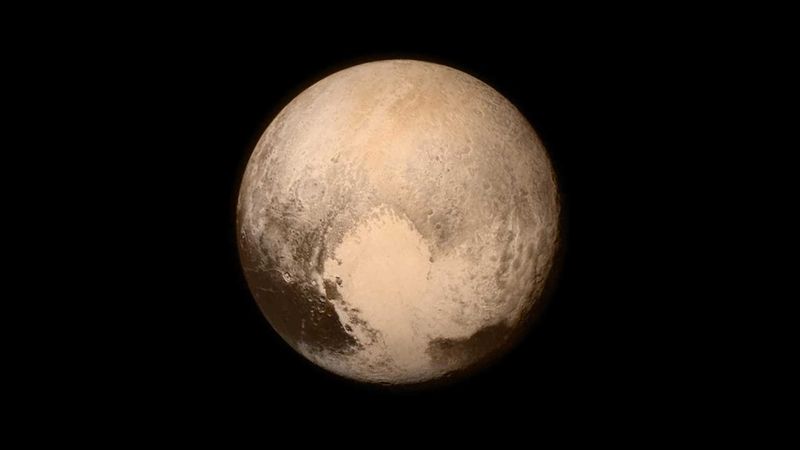
Pluto’s demotion from planet to dwarf planet in 2006 broke hearts across the globe. Many people refuse to accept this cosmic downgrade, clinging to the nine-planet system they learned in school.
Reality check: astronomers reclassified Pluto because it fails to meet all three criteria for planethood. It orbits the sun and is round, but hasn’t cleared other objects from its orbital path.
This reclassification wasn’t a random decision but based on our improved understanding of our solar system, which includes many Pluto-sized objects in the Kuiper Belt.
2. The atom is the smallest particle.
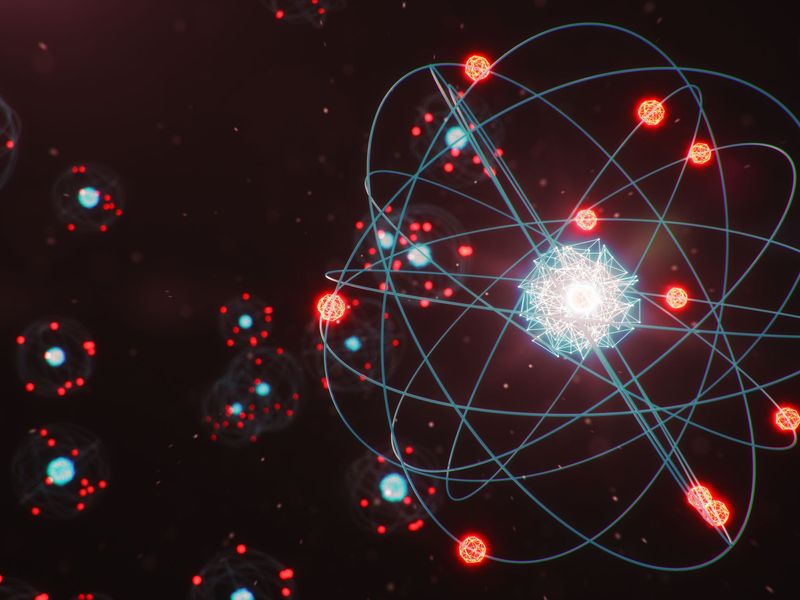
The word “atom” comes from the Greek “atomos,” meaning indivisible. For generations, students learned atoms were the building blocks of everything – the smallest possible particles.
Modern physics tells a different story. Atoms contain protons, neutrons, and electrons. Dig deeper and you’ll find quarks, leptons, and bosons – a whole subatomic world!
Scientists continue discovering smaller particles through advanced technology like the Large Hadron Collider. The elementary particles we know today might someday be found to contain even smaller components.
3. There are only 3 states of matter: solid, liquid, gas.
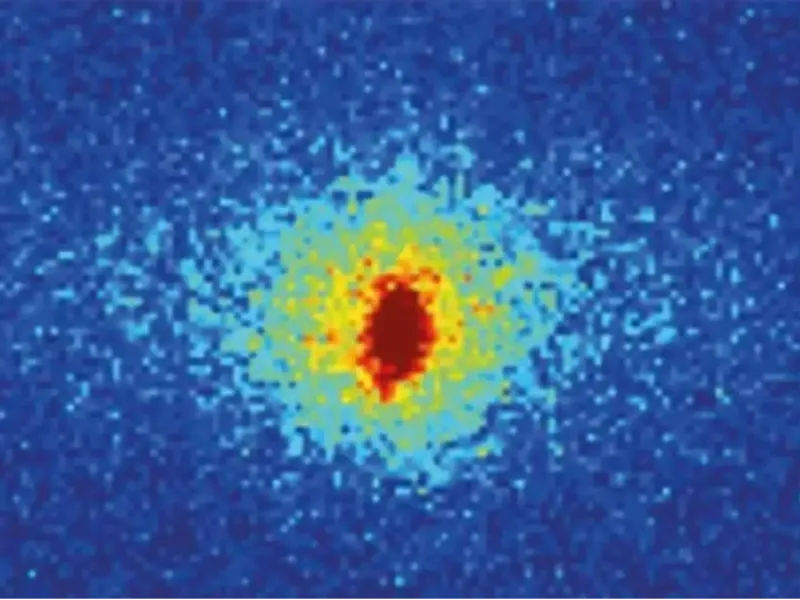
Elementary school science taught us a simple trio: solids hold their shape, liquids take their container’s shape, and gases expand freely. This neat categorization misses the amazing complexity of matter.
Plasma, the fourth state, makes up stars and lightning. Bose-Einstein condensates, created near absolute zero, show quantum properties visible to the naked eye. Superfluids flow with zero viscosity, climbing container walls!
Other exotic states include quark-gluon plasma (existed after the Big Bang), degenerate matter (found in white dwarf stars), and supersolids (behaving as both solid and superfluid simultaneously).
4. The tongue has specific taste zones.

The colorful tongue map showing distinct taste zones – sweet at the tip, salty and sour at the sides, bitter at the back – has decorated science textbooks for decades. German scientist David Hänig created this misconception in 1901 through a translation error.
Taste receptors for all flavors actually exist across your entire tongue. While slight sensitivity differences exist, you can detect sweetness, sourness, saltiness, bitterness, and umami (savory) everywhere on your tongue’s surface.
Modern research has identified specific receptor cells for each taste, but they’re distributed throughout your tongue rather than confined to specific regions.
5. Humans have only 5 senses.
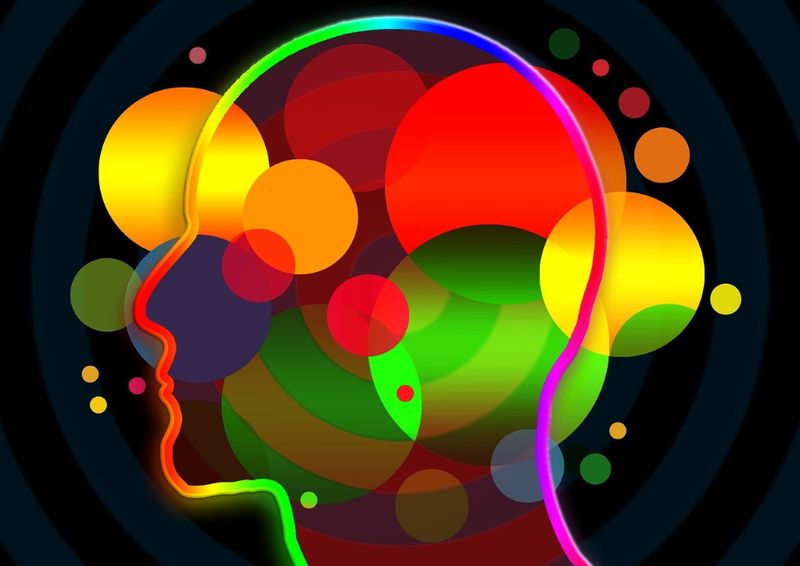
Sight, hearing, taste, smell, and touch – the famous five senses we all memorized. This simplified model drastically underestimates your body’s incredible sensory capabilities.
You possess proprioception (body position awareness), equilibrioception (balance), thermoception (temperature), nociception (pain), and chronoception (time passage). Your body also senses hunger, thirst, fullness, and even magnetic fields to some degree.
Interoception – awareness of internal bodily conditions – encompasses numerous sensations including heart rate, breathing, and digestion. Depending on how we categorize them, humans may have between 14 and 20+ distinct senses!
6. The sun is yellow.
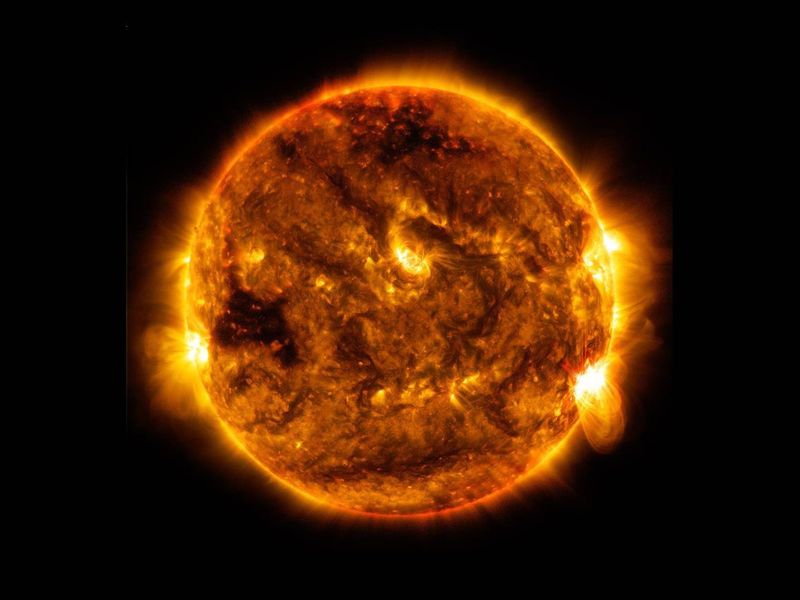
Countless childhood drawings feature a cheerful yellow sun beaming down from the corner of the page. This common perception comes from how our atmosphere filters sunlight and how our eyes perceive it.
In reality, the sun appears white from space. Its peak emission is in the green-blue portion of the spectrum, but it radiates all visible wavelengths roughly equally, creating white light.
Earth’s atmosphere scatters blue light more than red or yellow, making the sun appear yellowish or even reddish, especially at sunrise and sunset when light travels through more atmosphere. Space photographs show the sun’s true white color.
7. Diamonds are made from coal.
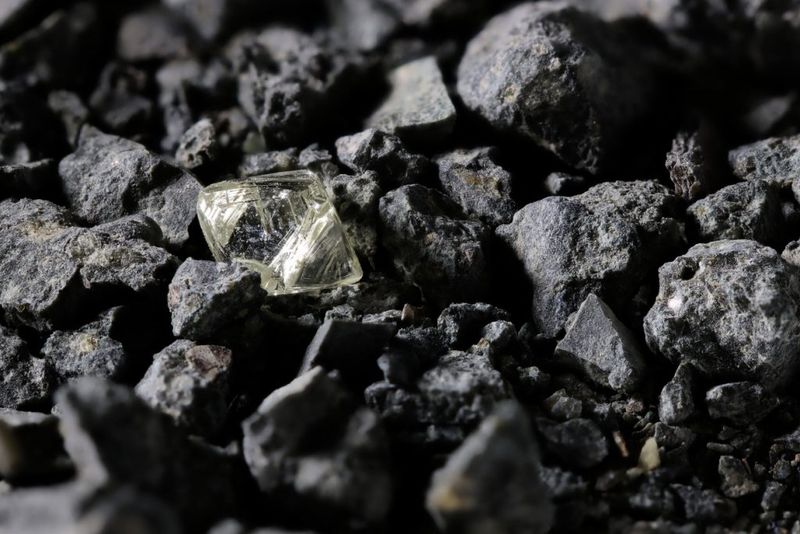
The classic story of coal transforming into diamonds under pressure makes for a great metaphor but poor geology. Natural diamonds typically form 90-120 miles underground, while coal forms just a few miles below the surface.
Most natural diamonds crystallized 1-3 billion years ago from carbon-rich fluids deep in Earth’s mantle, where temperatures reach 2,000°F and pressure exceeds 725,000 pounds per square inch. Coal, meanwhile, began forming only about 300-400 million years ago from plant remains.
The carbon in diamonds likely came from the Earth’s interior or from ancient organic material that was subducted deep into the mantle – not from coal as commonly taught.
8. Lightning never strikes the same place twice.

“Lightning never strikes the same place twice” might be one of the most dangerous myths taught in school. Tall structures and geographical features actually attract lightning repeatedly due to their height and conductivity.
The Empire State Building gets struck approximately 25 times annually. Chicago’s Willis Tower takes about 100 hits yearly. Individual trees, especially those standing alone in fields, can be struck multiple times during a single storm.
Lightning follows the path of least resistance to the ground, so places that provided a good conductive path once will likely do so again. This myth endangers people who might seek shelter in previously struck locations during storms.
9. Humans always have 46 chromosomes.

Biology textbooks confidently state humans have 46 chromosomes – 23 pairs – in each cell. While this applies to most people, chromosomal variations exist naturally in the human population.
People with Down syndrome typically have 47 chromosomes (an extra chromosome 21). Turner syndrome involves having 45 chromosomes (missing an X chromosome). Some individuals have mosaic genetics, where different cells in their body contain different chromosome numbers.
Certain cancer cells develop abnormal chromosome counts. Even healthy people occasionally have cells with different chromosome numbers due to errors during cell division. These variations show human genetics is more complex than the simple 46-chromosome rule.
10. You only use 10% of your brain.
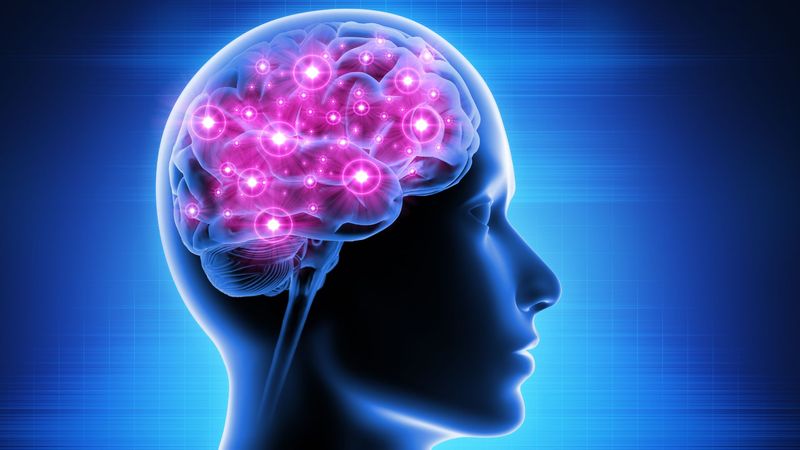
The persistent myth that humans only use 10% of their brains has fueled countless sci-fi plots and self-help programs promising to unlock hidden potential. Neuroscience thoroughly debunks this claim.
Brain imaging technologies like fMRI and PET scans show activity throughout the entire brain, even during simple tasks. Different activities activate different regions, but over the course of a day, virtually all brain areas become active.
This misconception likely originated from early neuroscientists’ statements about not understanding the function of much of the brain, or from misinterpreting the fact that only about 10% of brain cells are neurons (the rest are supporting glial cells).
11. Blood is blue in your veins.

Look at the veins in your wrist – they appear blue or greenish, right? This observation led generations of teachers to claim that deoxygenated blood is blue inside your body, turning red only when exposed to oxygen.
Human blood is always red due to hemoglobin, the iron-containing protein that transports oxygen. Oxygenated blood is bright red, while deoxygenated blood is darker red with a slightly purple hue – but never blue.
The bluish appearance of veins results from how different wavelengths of light penetrate skin and reflect back to your eyes. Red light penetrates deeper than blue light, which reflects back, creating the illusion of blue veins.
12. All bacteria are bad.
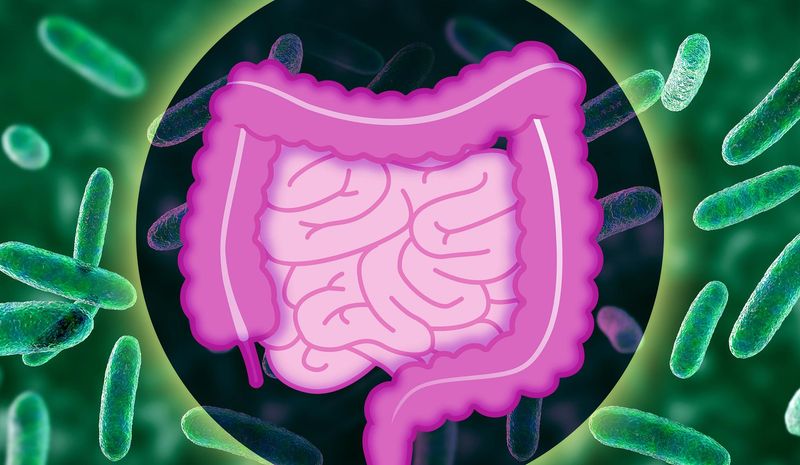
The word “bacteria” often conjures images of illness, infection, and frantic hand-washing. This germaphobic view misrepresents the microbial world that surrounds and inhabits us.
Of the estimated trillion bacterial species on Earth, fewer than 100 commonly cause human disease. The human body hosts approximately 38 trillion bacterial cells that aid digestion, produce vitamins, train our immune systems, and protect against harmful microbes.
Soil bacteria decompose waste and cycle nutrients. Other bacteria clean up oil spills, produce antibiotics, and help make foods like yogurt, cheese, and chocolate. Our health and environment depend on these microscopic allies far more than most people realize.
13. Vaccines cause autism.

A thoroughly debunked yet persistently harmful myth claims vaccines cause autism. This misconception stems from a 1998 study that was later retracted for ethical violations, methodological problems, and falsified data.
Extensive research involving millions of children has found no link between vaccines and autism spectrum disorders. The scientific consensus is overwhelmingly clear on this matter, supported by major medical organizations worldwide.
Autism’s apparent rise coincided with expanded diagnostic criteria and greater awareness, not vaccination schedules. Vaccines prevent millions of deaths annually while serious adverse reactions remain extremely rare. This misconception has led to preventable disease outbreaks and endangered public health.
14. Chameleons change color to blend in.

The popular image of chameleons as masters of disguise, perfectly matching their backgrounds, makes for great cartoons but poor zoology. While chameleons do change color, camouflage is rarely the primary reason.
Chameleons primarily change colors to communicate with other chameleons, express emotions, and regulate body temperature. Bright colors often signal aggression or mating readiness, while darker shades help absorb heat on cool mornings.
Their color changes occur through specialized cells called chromatophores containing pigments and reflective crystals. While some color changes may provide incidental camouflage benefits, most species have a limited palette that doesn’t necessarily match their surroundings.
15. Christopher Columbus discovered America.

The familiar rhyme “In fourteen hundred ninety-two, Columbus sailed the ocean blue” omits crucial facts about his voyages. Columbus never set foot on North American mainland, landing instead in the Bahamas, Cuba, and Hispaniola (now Haiti/Dominican Republic).
Indigenous peoples had inhabited the Americas for at least 15,000 years before European arrival. Norse explorer Leif Erikson established a settlement in Newfoundland around 1000 CE, nearly 500 years before Columbus.
Columbus died believing he had reached Asia, never acknowledging the continents he encountered were previously unknown to Europeans. His voyages began Spanish colonization that devastated indigenous populations through disease, warfare, and enslavement.
16. Mount Everest is the tallest mountain.

Mount Everest proudly claims the title of Earth’s highest peak at 29,032 feet above sea level. But “highest” and “tallest” aren’t the same measurement when discussing mountains.
Mauna Kea in Hawaii rises only 13,796 feet above sea level, but measured from its base deep in the Pacific Ocean, it stretches 33,500 feet – making it taller than Everest by over 4,000 feet! Similarly, Ecuador’s Mount Chimborazo, due to Earth’s equatorial bulge, stands farther from Earth’s center than Everest.
Even Everest’s “highest point” status requires asterisks – K2 is considered a more difficult climb, and tectonic activity continues to alter mountain heights over time.
17. There are only 7 continents.
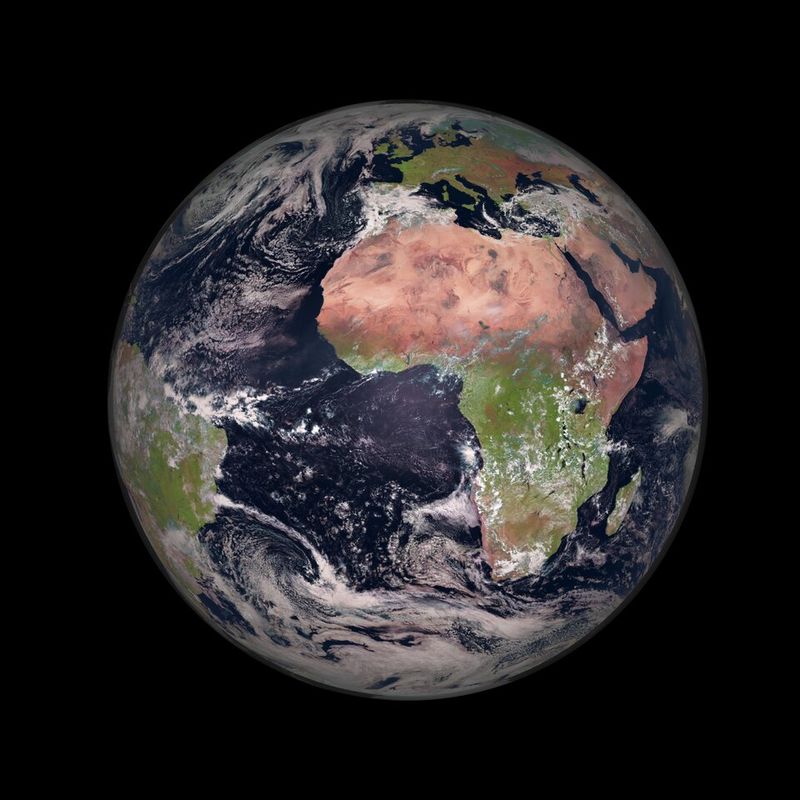
The seven-continent model (North America, South America, Europe, Asia, Africa, Australia, Antarctica) dominates American education. This seemingly straightforward fact actually varies dramatically depending on where you were educated.
Many countries teach a six-continent model, combining Europe and Asia into Eurasia. Some Spanish-speaking regions combine North and South America into a single American continent. Geologists might include Zealandia, a mostly submerged landmass including New Zealand, as an eighth continent.
Continental boundaries often reflect political and cultural divisions rather than geological ones. The division between Europe and Asia, for instance, follows no major geographical feature across much of Russia.
18. “i before e except after c” is a reliable rule.

“I before E, except after C, or when sounded like A as in neighbor and weigh.” This spelling rule seemed so helpful in elementary school, but English teachers have largely abandoned it – for good reason.
Exceptions abound: science, efficient, sufficient, ancient, species, society, weird, their, foreign, height, seize, leisure, protein, either, neither. The rule works for only about 75% of English words, making it less reliable than coin-flipping.
Linguists have analyzed the ‘i before e’ pattern and found the rule applies to fewer words than its exceptions in modern English. A more accurate version might be: “I before E except when it isn’t” – not very helpful for spelling tests!
19. Humans evolved from chimpanzees.
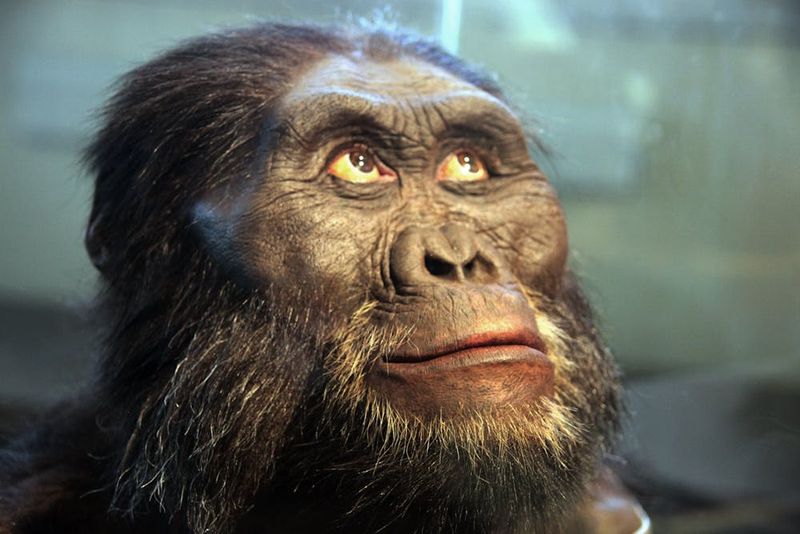
The image of human evolution as a linear progression from hunched ape to upright human misrepresents our evolutionary history. Humans did not evolve from chimpanzees or any modern ape species.
Humans and chimpanzees share a common ancestor that lived approximately 6-7 million years ago. After this ancestral population split, two separate evolutionary paths emerged – one leading to modern chimps and bonobos, the other to humans through various hominin species.
Our evolutionary tree resembles a bush with many branches rather than a ladder. Several human-like species coexisted throughout history, including Neanderthals, with whom modern humans interbred. Most people of non-African descent carry 1-4% Neanderthal DNA.
20. Vikings wore horned helmets.

Horned Viking helmets appear everywhere from cartoons to sports logos, but actual Norse warriors never wore them into battle. No archaeological evidence supports this iconic image – not a single horned helmet from the Viking Age (793-1066 CE) has ever been found.
Real Viking helmets were typically simple, rounded or conical designs made of iron with a nose guard. The horned helmet myth originated in 19th-century Romantic nationalism, particularly Richard Wagner’s opera “Der Ring des Nibelungen,” which featured horned helmets in its costume design.
Horns would have been impractical in combat, providing easy handholds for enemies and adding unnecessary weight. This persistent misconception demonstrates how theatrical interpretations can overshadow historical reality.

Comments
Loading…